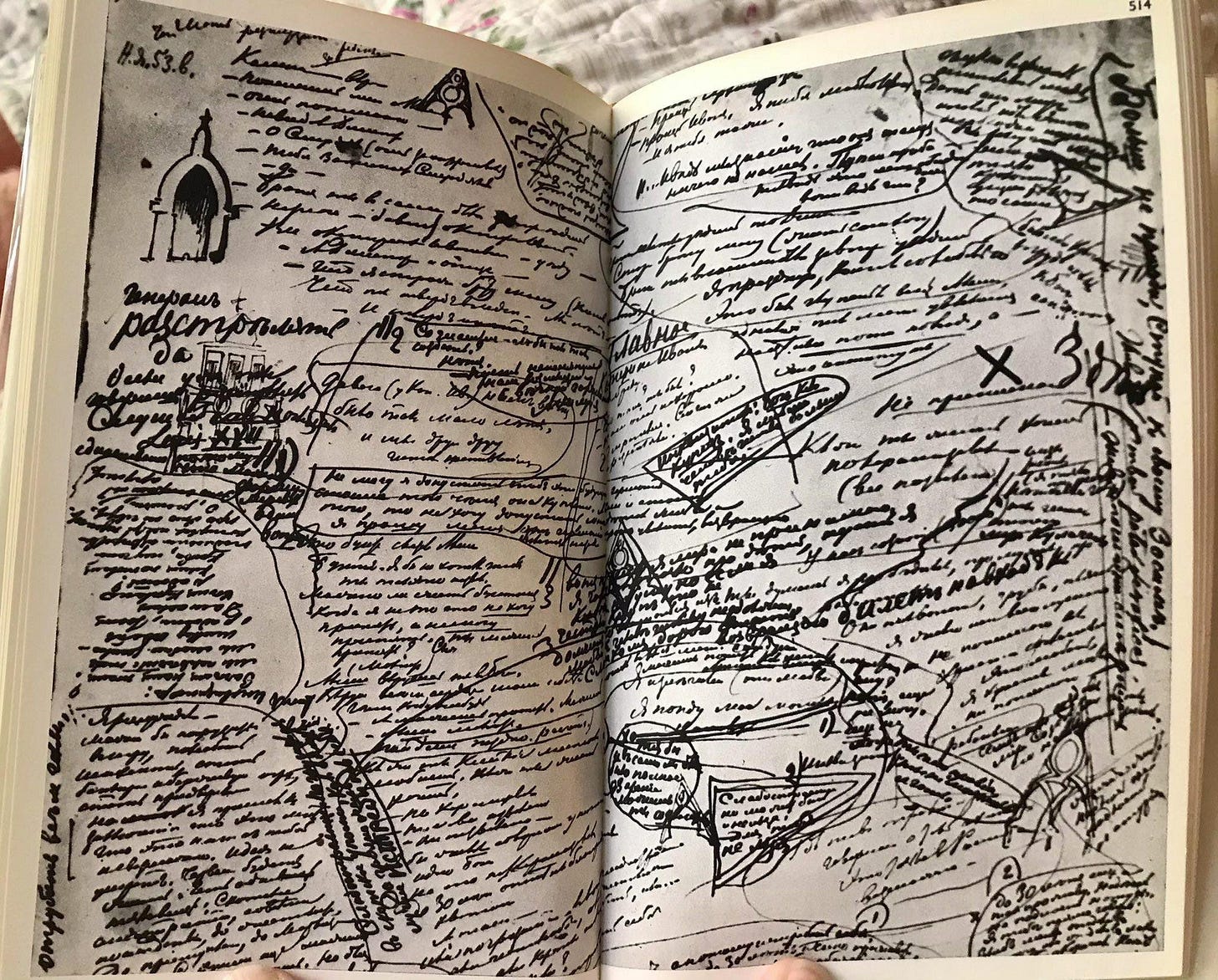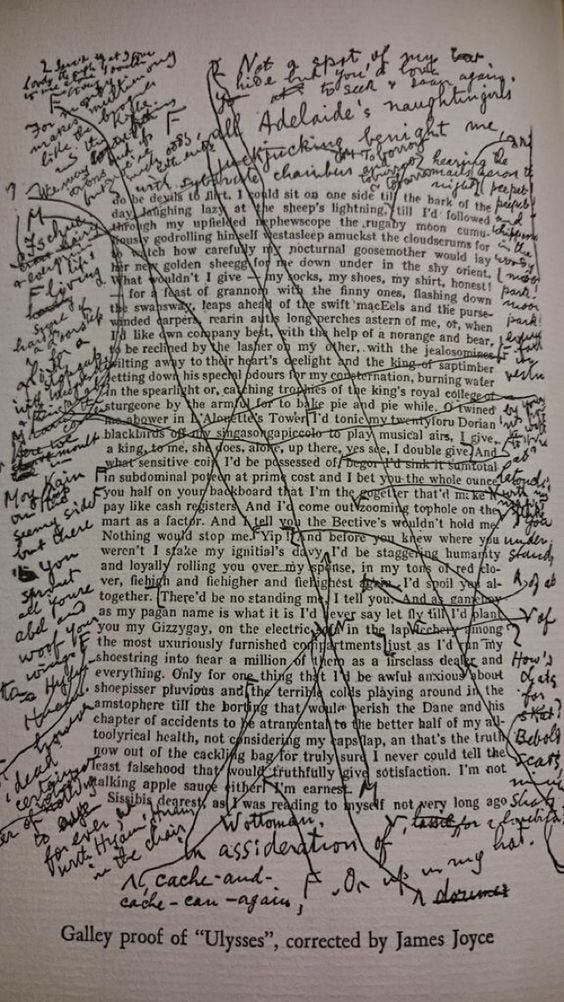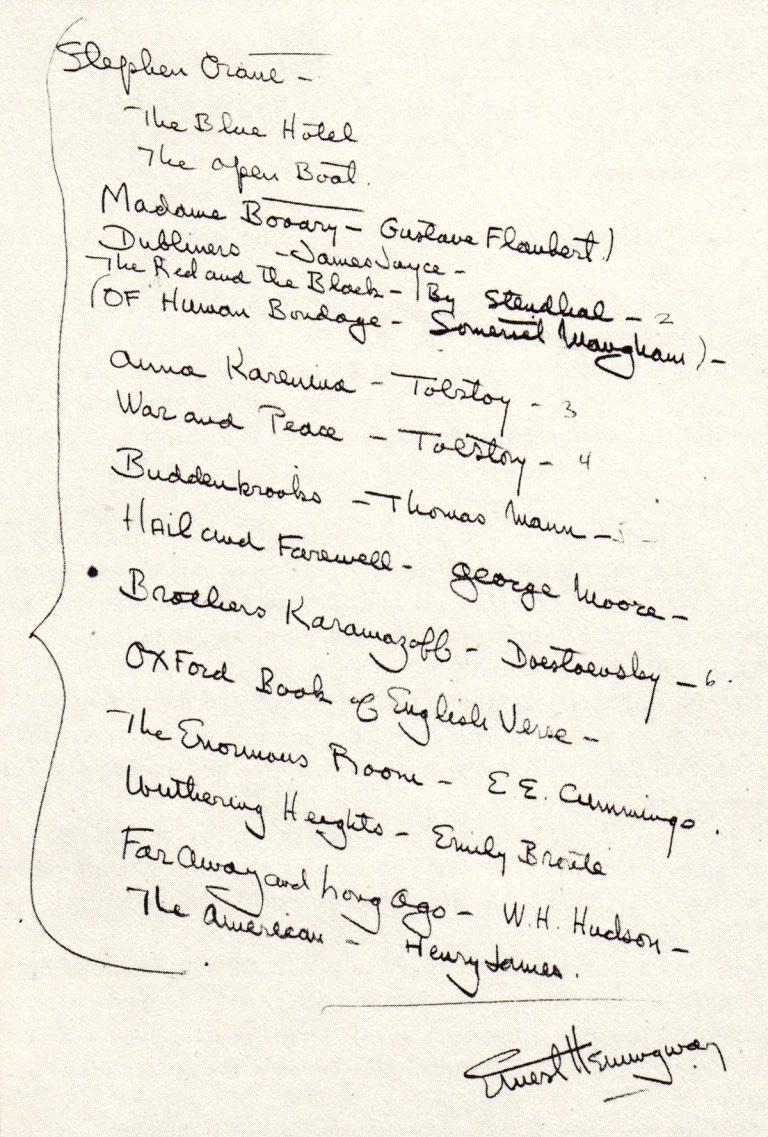The Handwriting of Famous Authors
When the writer’s soul leaves its mark on the page...
The decline of penmanship is far from a trivial concern. For centuries, writing by hand has been more than a practical skill; it has been a window into how we think. Over two thousand years ago, the great Roman poet Horace explained this beautifully in a single line:
The pen is the tongue of the mind.
Reading contemporary literature, one might sense that something has been lost since we abandoned handwriting. Many great authors believed that writing by hand deepened expressiveness and revealed the uniqueness of the self. For them, it was a profoundly intimate act: the tactile movement of pen on paper transformed mere words into a form of art.
Some of this is certainly nostalgia. Yet research suggests there is more at stake. Poor handwriting skills can affect higher-level cognition and creativity in children, influencing sentence construction, critical thinking, and other essential cognitive processes…
Reminder: this is a teaser of our subscriber-only articles.
Beauty is truth is a reader-funded publication that relies entirely on your support. There are no ads here, just a passion for sharing beauty.
Upgrade your subscription for just a few dollars a month to help our mission and access members-only content 👇🏻
When we write by hand, our brains engage in a complex dance of memory, attention, and creativity that typing rarely replicates. The act of forming each letter, feeling the resistance of the pen on paper, and shaping words with deliberate care reinforces neural pathways in ways that help ideas flow more naturally and insights emerge more easily. In other words, handwriting doesn’t just record thought — it cultivates it. As Leo Tolstoy observed in Pedagogical Writings:
The relation of word to thought, and the creation of new concepts is a complex, delicate and enigmatic process unfolding in our soul.
When I stare at a blank page, I often think of this: each time we pick up a pen, we face the same empty space that once confronted the literary giants we admire. And that is an encouraging thought.
What I want to do now is show you how some of the greatest writers of all time have transformed those once-empty pages — through styles that are sometimes elegant, sometimes raw and always unmistakably their own — and how their work can continue to inspire each of us today…
1. George Orwell
George Orwell’s 1984 manuscript, featuring the three slogans of the Party:
2. James Joyce
I want to share with you a life hack that never fails me.
Whenever I’m feeling low, I close my eyes and imagine what it must be like to be the editor who opens their mailbox one morning to discover a revised manuscript of Ulysses by James Joyce waiting inside. Just thinking about it makes everything feel a little lighter.
3. F. Scott Fitzgerald
In this 1928 letter to Blanche Knopf, F. Scott Fitzgerald offers a glimpse of Roaring Twenties excess by conjugating the verb "to cocktail":
4. Ernest Hemingway
In 1934, Arnold Samuelson, a recent journalism graduate from the University of Minnesota, came across a short story that would change the course of his life: Ernest Hemingway’s One Way Across. Deeply inspired, Samuelson made the journey from Minnesota to Florida to meet the author in person, hoping for guidance on his own writing.
Hemingway’s advice was both simple and profound: compare yourself only to the great writers of the past, not to your contemporaries. Before parting, he handed Samuelson the following list of books to read:
5. Virginia Woolf
Keep reading with a 7-day free trial
Subscribe to Beauty is truth to keep reading this post and get 7 days of free access to the full post archives.







